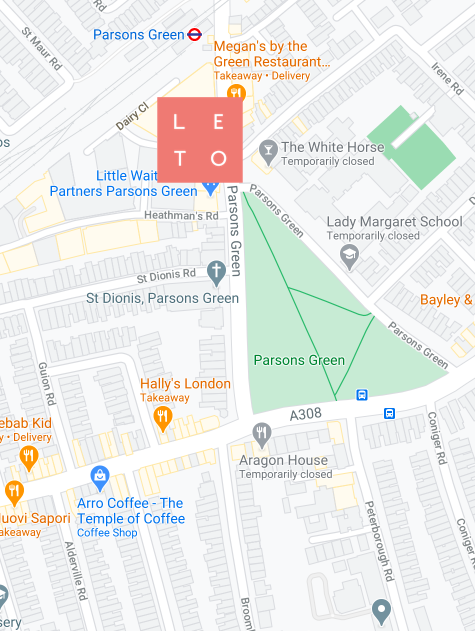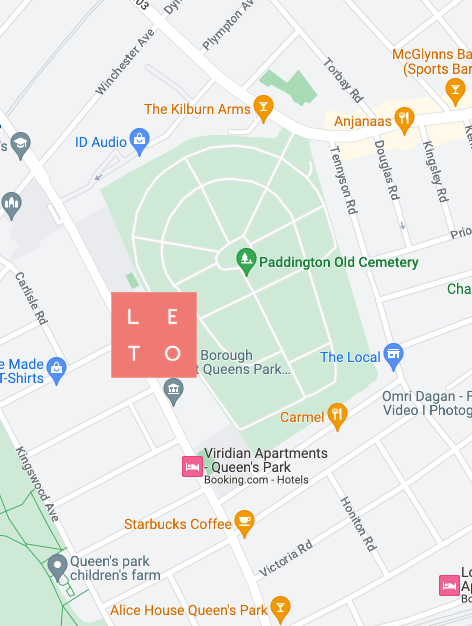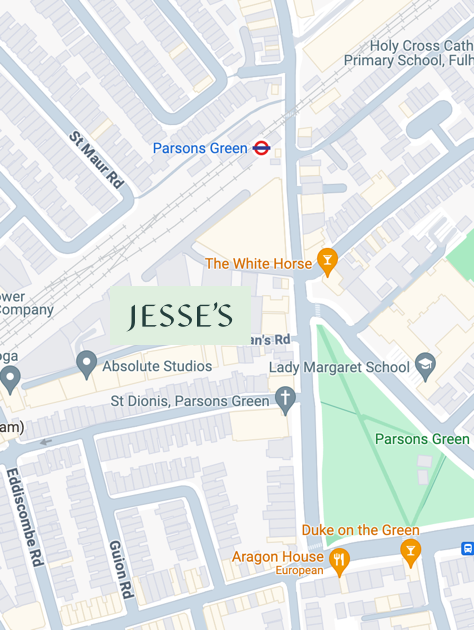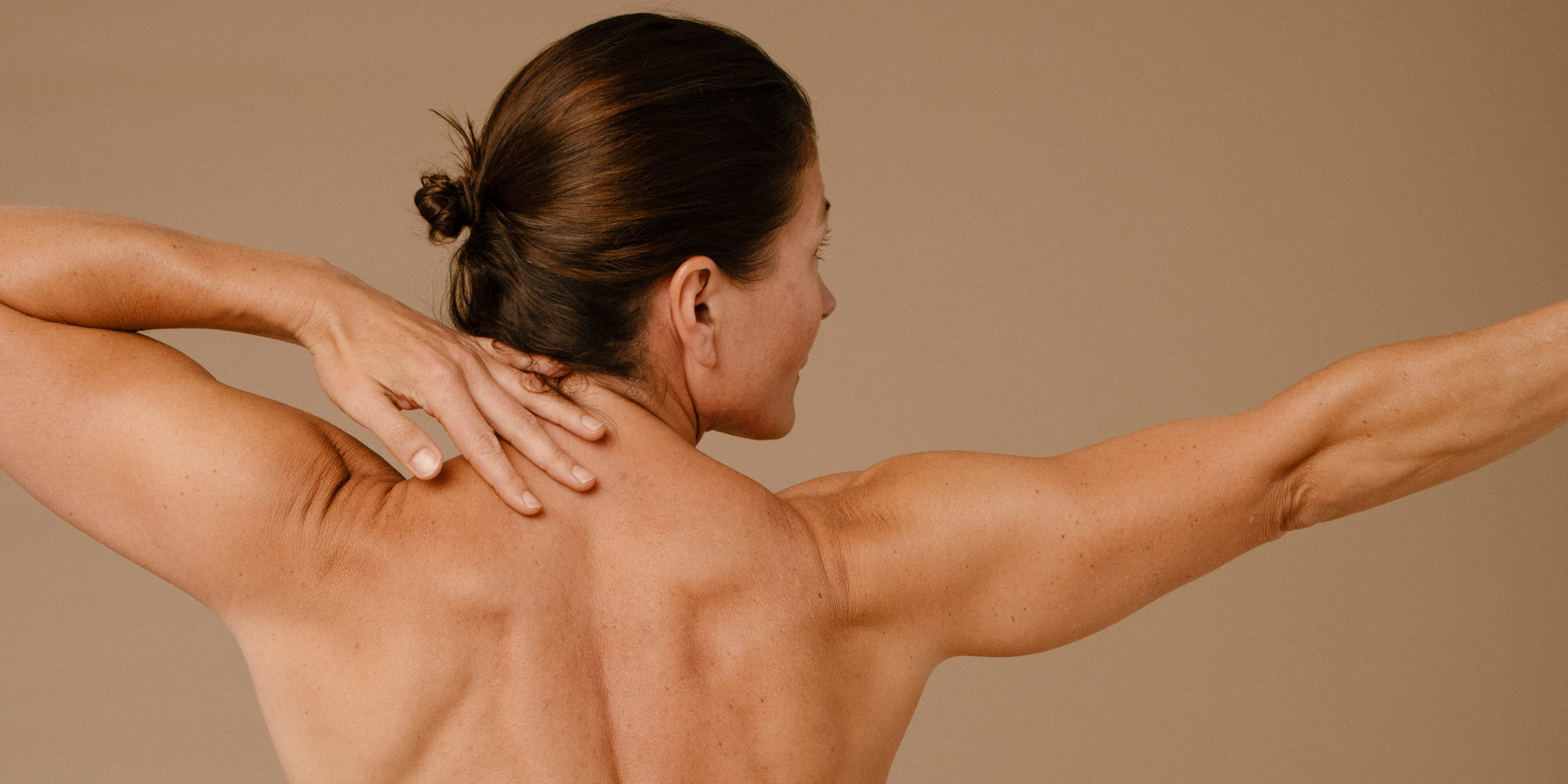
Close
Enquiry
Please see contact information below or complete the form and we will get in touch with you.

Parsons Green
3rd Floor Brigade House
8 Parsons Green
London
SW6 4TN

Queen's Park
2nd Floor
105-109 Salusbury Road
London
NW6 6RG

Jesse's House
8-10 Heathmans Road
Parsons Green
London
SW6 4TJ
Returning To Exercise After Having A Baby – the first 12 weeks

After giving birth, it is common to think that six weeks is enough time to fully recover from the physical and emotional toll of pregnancy and childbirth. During the process of delivering a baby, the pelvic floor muscles and associated connective tissue are stretched up to a whopping 250% of their resting length.
Research suggests it takes four to six months after childbirth for these muscles to recover and if you have had a caesarean-section delivery, your uterine scar thickness still increases at the six-week postnatal point, and more recent research indicates that the tissues continue to remodel for up to 2 or more years after your c-section. So, recovery can take a lot longer than we have been led to believe.
New mothers need to understand that postpartum rehabilitation is similar to laying the foundations of a house. Pregnancy can weaken these foundations. If you have trained during your pregnancy and stayed fit, you will have some level of strength and fitness remaining. However, regardless of your fitness level before pregnancy, it is essential to take the time to fully recover and regain your strength and fitness.
THE SIX-WEEK MYTH
Your bleeding may have stopped, and your incisions may have healed, but it does not necessarily mean that you have returned to your pre-pregnancy level of fitness, energy, strength, and mental health by six weeks, recovery takes time and effort. This long-standing myth of “6 weeks recovery” is simply incorrect and has detrimental impacts and unfair and unrealistic expectations for new mothers to return to ‘normal’ on a physical, emotional, and practical level, and to set unrealistic expectations of themselves and their bodies.
THE FIRST SIX WEEKS
New mothers can help themselves safely return to exercise and impact activity after pregnancy by taking advantage of ‘the first six weeks.
- You’ve heard it before but we can’t stress it enough, it is crucial to rest during the first six weeks after giving birth and whilst it might feel counterproductive to your ‘comeback’, it will help it. Try to really listen to your body and only do what is necessary during this time.
- Walking is a great first step and can help improve your fitness and positively impact your cardiovascular system. If you feel like walking, try doing this in the morning and leave the afternoon to rest. Start with shorter walks and gentle build-up over time.
- You can also focus on regaining control over your breathing by practicing diaphragmatic breathing. This will help restore mobility in your thoracic and lumbar regions, as well as increase your ability to control your pelvic floor muscles.
- To prevent stiffness and promote a safe range of motion, you can also perform lumbar and thoracic mobility exercises, such as lying on your back and rolling your knees side-to-side with your breath and hugging your knees to your chest within a pain-free range.
- You can also start doing your pelvic floor exercises including contractions and relaxations however, if you feel any pain while doing pelvic floor contractions and relaxations, it’s best to speak to a pelvic health physiotherapist or wait until you’ve had an internal muscle examination.
- At three to six weeks you can start also with gentle core rehab exercises to engage your transversus abdominis muscles, such as pelvic tilts, bent knee dropouts, side-lying abduction exercises, and gentle bridges.
- To maintain good posture while nursing or holding your baby, it’s important to focus on postural strength and endurance. You can work on improving your coordination from sitting to standing, gentle squats, lunges, and basic Pilates exercises.
- In your recovery process, consider exercises like squats and lunges based on your functional requirements. During weeks four to six, stick to low-impact activities like static cycling or cross-trainer. If you had perineal trauma during delivery, focus on core rehabilitation and exercises until you feel comfortable sitting on a saddle. Safety and comfort are top priorities..
YOUR SIX WEEK CHECK-UP
We would never let a football player back on the pitch post-injury without first conducting a fitness test to ensure they were fit to play. Similarly, the same principles should be applied to postpartum mothers when it comes to getting back into exercise post-childbirth.
At LETO we firmly believe that every new mother should have their GP check and a thorough postnatal check with a specially trained pelvic health physiotherapist approximately 6-8 weeks after giving birth and before starting any postpartum exercise routine.
Pregnancy and delivery are both medical and musculoskeletal events and your body needs to be checked on both accounts to ensure optimal recovery and to establish individualised, appropriate and guided rehabilitation for a safe return to exercise after childbirth.
It is common for postpartum women to experience symptoms such as urinary incontinence or hip and knee pain when they return to exercise. However, these symptoms may be mistakenly considered normal, resulting in delayed treatment which can last for several years. Addressing any symptoms early with pelvic health physiotherapy can help prevent and resolve these symptoms, but the lack of distinction between common and normal symptoms in the first three months postpartum often delays appropriate management.
During the assessment, you will receive a comprehensive check of your mobility, functional movement, abdominal muscles, and breathing. You’ll also have the option to have an internal assessment to ensure that your pelvic floor muscles are contracting and relaxing correctly. However, if you prefer not to have this assessment, that’s fine too. Don’t worry, the assessment is not meant to scare you, but to help you understand the current status of your body and mind.
Your pelvic health physiotherapist will explain everything in detail and provide you with specialist advice to address any symptoms you might be experiencing. In addition, you’ll receive guidance on how to safely and effectively return to exercise.
Your pelvic health physiotherapist will advise you on safe exercises, gradually increasing intensity and duration, and modifications to make in case of discomfort or pain. You’ll also receive lifestyle guidance to protect your pelvic floor and promote recovery.
SIX TO TWELVE WEEKS POSt PARTUM
As you progress to the next stage of recovery you can start to ‘up the ante’ a little, it’s time to gradually strengthen your body and prepare it for regular daily activities.
- Between weeks six to eight after giving birth, you may start with scar mobilisation (for c-sections or perineal scars), as long as your wounds have healed.
- You can also start to gradually increase your walking speed and duration, but it’s important to listen to your body and adapt as necessary.
- You can start with low-impact exercises such as Pilates, yoga, static cycling, and cross-trainer. You can also do simple impact exercises like full-body strengthening, such as small squats, lunges, arm exercises, and low-intensity tummy workouts, gradually introducing light weights during this period.
- During this phase. If you don’t experience any symptoms within 48 hours after completing an activity, you can slowly increase the duration and length of the activity interval.
- You can also introduce Deadlifts at this stage however only use light weights (no more than 15kg and similar to the weight of a baby in a car seat). You should progression the weight gradually, so start with just the barbell and no weight.
- From weeks eight to twelve, you can begin introducing swimming into your routine, provided that any vaginal bleeding (lochia) has stopped and there are no issues with wound healing. Additionally, you may try spinning, as long as you are comfortable sitting on a spinning saddle.
If you’re feeling apprehensive about resuming physical activity after childbirth, that’s completely understandable. It’s okay if you’re not ready to exercise yet. Starting to exercise can be tough, and you may experience certain symptoms that cause discomfort or concern. But don’t worry, it doesn’t mean you’re doing any harm. It simply indicates that you may need to slow down and seek extra support and guidance.
Booking an appointment with a pelvic health physiotherapist can help you take the first step towards a healthy postpartum recovery and return to exercise in the best possible way. To learn more about the LETO postnatal check, or to book an apppointment with one of our team, head here

